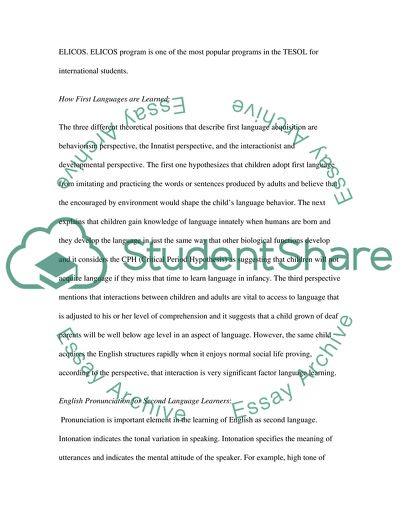Cite this document
(The Most Popular Programs in the TESOL Report Example | Topics and Well Written Essays - 3250 words, n.d.)
The Most Popular Programs in the TESOL Report Example | Topics and Well Written Essays - 3250 words. https://studentshare.org/english/1712834-reflective-journal
The Most Popular Programs in the TESOL Report Example | Topics and Well Written Essays - 3250 words. https://studentshare.org/english/1712834-reflective-journal
(The Most Popular Programs in the TESOL Report Example | Topics and Well Written Essays - 3250 Words)
The Most Popular Programs in the TESOL Report Example | Topics and Well Written Essays - 3250 Words. https://studentshare.org/english/1712834-reflective-journal.
The Most Popular Programs in the TESOL Report Example | Topics and Well Written Essays - 3250 Words. https://studentshare.org/english/1712834-reflective-journal.
“The Most Popular Programs in the TESOL Report Example | Topics and Well Written Essays - 3250 Words”. https://studentshare.org/english/1712834-reflective-journal.


